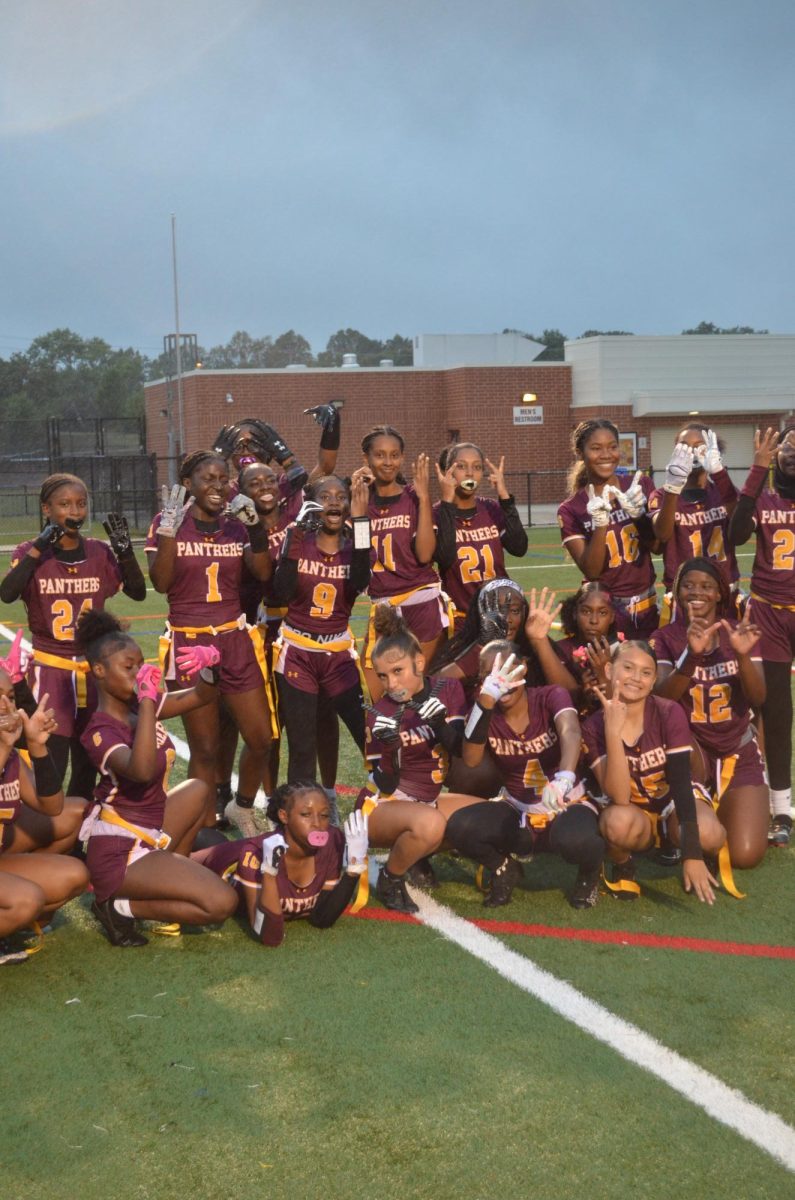Social Justice: Gentrification
June 13, 2017
Very few people would be against their neighborhoods being improved, more businesses coming to their cities or even more tax revenue being collected to be used on that same neighborhoods. But what if this positive change happen on the backs of lower- and middle – class resident who are pushed out of their homes and communities? Would it still be a good thing? Very few people would be against their neighborhoods being improved, more businesses coming to their cities or even more tax revenue being collected to be used on that same neighborhoods. But what if this positive change happen on the backs of lower- and middle – class resident who are pushed out of their homes and communities? Would it still be a good thing?
These questions are at the heart of gentrification. Merriam-Webster defines gentrification as “the process of renewal and rebuilding accompanying the influx of middle-class or affluent people into deteriorating areas that often displaces poorer residents.”
As has been the case for years in urban areas that see redevelopment, recent influx of people, often young and wealthy, are moving to cities and, instead of looking at high end luxury houses, they are flocking towards aesthetically pleasing apartments and condos that are buried in urban neighborhoods such as Washington DC and Baltimore. This influx is causing a wave of new interest in communities and real – estate markets that they disregarded in the past, fueling a debate on whether gentrification is an issue or if it’s just necessary evil of improving our cities.
Looking back at the definition of gentrification, the first part of the definition sounds great, but the second half is the most important, as far as I’m concerned. People are being pushed out of the neighborhoods that they have lived in for their entire lives. Landlords are hiking up rent prices on families and businesses are losing their leases in order to make space for the newer residents, hipster coffee shops and yoga studios.
Cities are allowing developers and landlords to move out their current residents out and bring in new residents in hope of boosting the economy through the revenue and improvements that gentrification brings. A 2015 analysis of census data by the D.C. Fiscal Policy Institute found that the number of apartments with rents less than $800 per month decreased by 42 percent between 2002 and 2013, even though $800 represents 40 percent of monthly income for a family of four living at the poverty line. This is a decline of more than 24,000 units. This makes one wonder why the city does not just work with the current residents to fix these areas. Working with those who already live there and who are connected to the area makes way more sense for city leaders and politicians instead of waiting for wealthy outsiders to move in.
Instead of pushing out residents, city leaders should focus on cultivating the potential of the neighborhood’s current residents through the creation of new jobs. A great way to create new jobs and improve cities is through government – funded city improvement projects. These jobs and programs require money but so does gentrification, as often times new residents advocate for the renewal of neighborhoods in order to be aesthetically pleasing. So, if the cities and districts are going to be spending money anyway, they might as well spend it on things that will benefit the current reason while rebooting their economies.
In the NPR article “Old Confronts New in a Gentrifying DC Neighborhood” by Sam Gringlas, many residents suggested that Community Development Block Grant – federal funding allocated to cities each year for community development – should be used better by public officials for aspects such as affordable housing which would help keep residents from having to relocate from their homes.
Another solution would be to tackle the skyrocketing rents head on and establish future rent control, a government restriction that sets a maximum amount landlords can charge their tenants in certain areas. Rent control already exists in some DC rental units, but it applies only to building built before 1975. If this practice was expanded to apply to rental units built after 1975 then gentrification would be put to a halting stop.
Some might argue that gentrification is just good business, but this claim is flawed for many reasons. Developers can run successful businesses without stepping on the backs of lower – and middle – class families. At the end of the day we have to ask ourselves what matters more, the lives of longtime residents or cities being able to easily obtain more revenue, because gentrification is not just an economic issue but it is an issue affecting the lives and livelihoods of many everyday Americans like you and I.












































